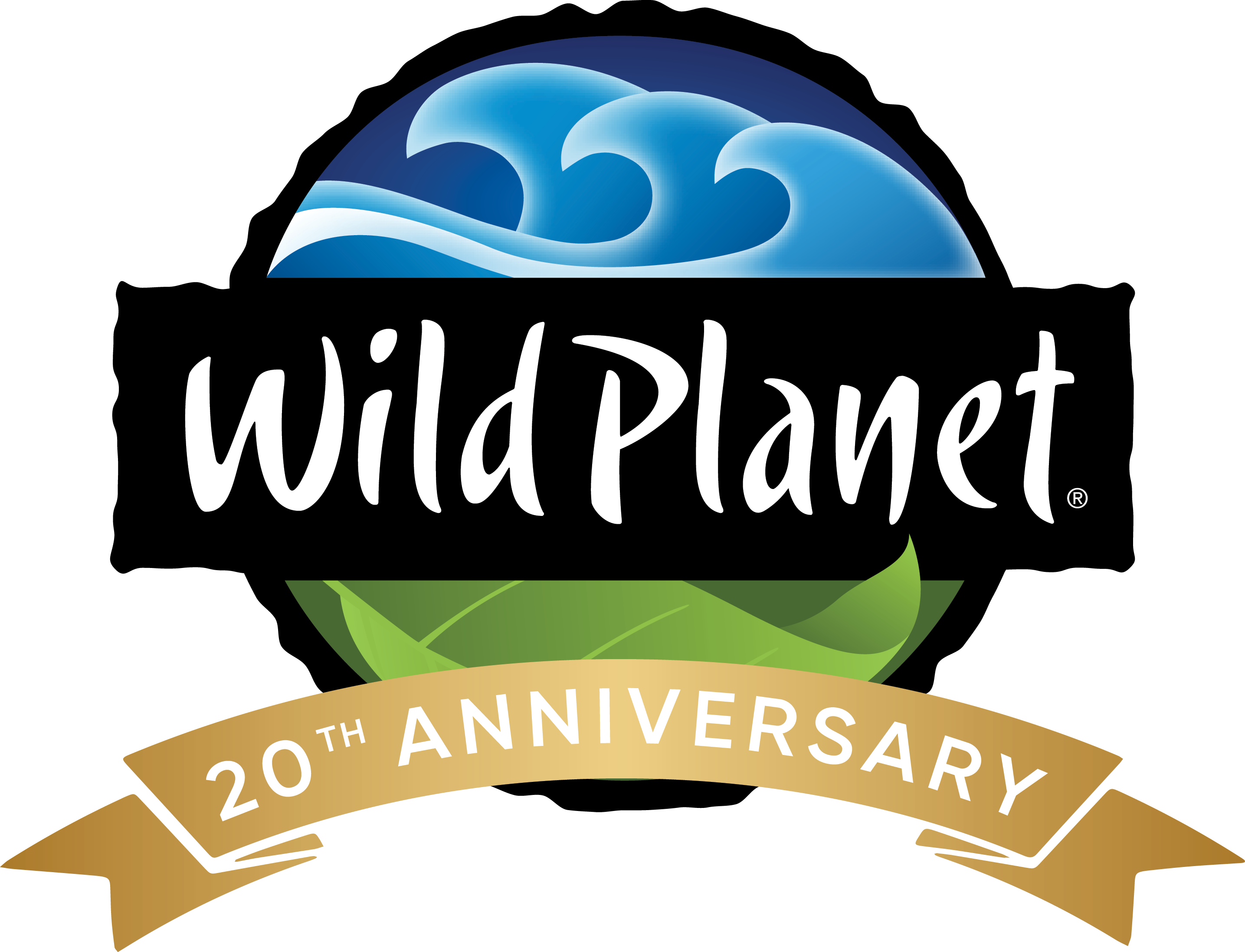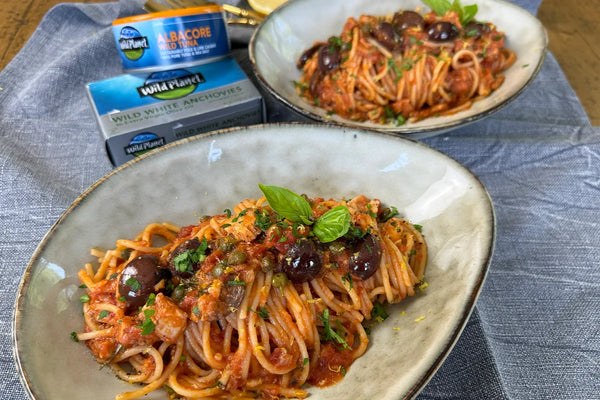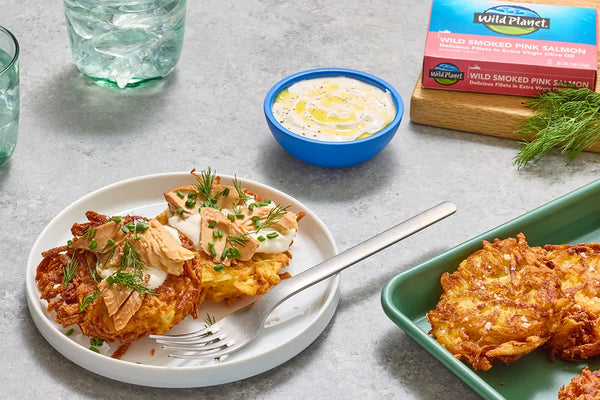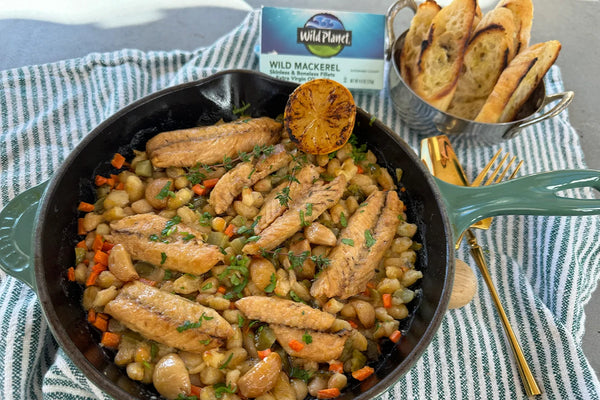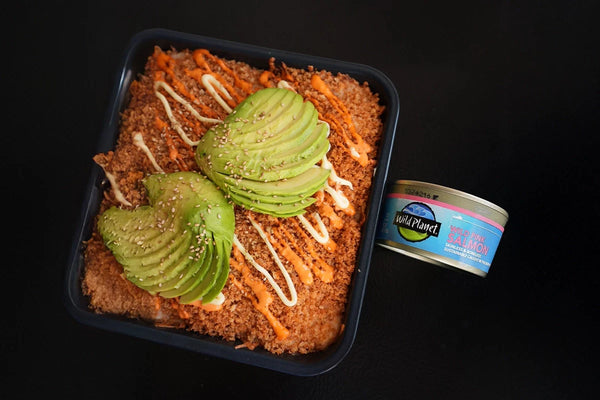When shopping for chicken, do you ever wonder what is behind the information on the label? Do you feel overwhelmed and default to buying what’s on sale? What does all of that information mean, anyway? After reading this, you will be a master chicken buyer by using a little method I like to call “reverse label reading.” The trick to buying chicken is not actually reading the label but reading between the lines and understanding what is not spelled out for the buyer. I will walk you through a few examples and you will be a pro in no time.
Free Range
Ideally, chickens should obtain 25% of their diet from foraging on the land (eating bugs, worms, and grass) and about 75% from grain. They should live outdoors with access to shelter from the elements and predators. The grain should be free from pesticides, chemicals, and GMOs. In this scenario, you are getting nutrient-dense meat that feeds your body and helps it grow and thrive. Check the label to see whether the chicken you are purchasing is free-range. The USDA states that chickens with this label need access to the outside but they do not specify what kind of outside, nor do they provide duration or square footage requirements. This labeling implies that chickens are foraging on pasture, but in many cases “free-range” chickens are enclosed into a commercial chicken house or a small balcony with a wire over the top of it. To be safe, contact the manufacturer to ensure the chicken you are purchasing is able to forage on pasture.
Hormone Free
By federal law, hormones are not allowed to be used when raising chickens so this claim carries no weight.
No Antibiotics
To ensure your chicken is raised without antibiotics, you need to buy organic chicken.
Vegetarian Fed
This means chickens have been fed a diet that is free of animal products. Earlier, we learned that 25% of a chicken’s diet should be obtained via foraging (eating bugs, worms, and grass outside). Chickens are omnivores, not vegetarian. Therefore, “vegetarian fed” usually indicates that the chicken did not have the opportunity to get outside and forage and was only fed vegetables and grains. This means that not only was the chicken not free range, but it was also fed a poor diet (99% of the time “vegetarian fed” means the chicken was fed soy-based grains). And because most labels do not address what kind of grain the chicken was fed, you can safely assume that the grain was laden with chemicals, pesticides, and synthetic additives. So, when you see “vegetarian fed”, you should read: confined with no access to the outdoors and fed soy/GMO.
What to Look for | Where to Buy
The best chicken you can buy is sourced from an organic farmer who pastures their chickens and supplements with organic feed. Local is best to reduce carbon footprint and increase diversity and choice — plus it’s fresher and nutrient-dense. The one downside is that it’s probably more expensive. Here is my personal hierarchy of chicken-buying and practical take-aways. The point being if you can move one rung up on this ladder from what you are buying now, consider it a success.
- Local, pastured, organic, soy-free
- Local, pastured, organic
- Local, pastured, non-GMO, antibiotic-free
- Animal Welfare Approved OR GAP Step 5 or 5+ at Whole Foods OR Organic
- GAP Step 1-4
- antibiotic free, vegetarian fed
- processed chicken with fillers like nuggets, patties, and burgers
- deli meats
Buying healthy, clean chicken is not just about us as individuals and what we put into our bodies. It’s big picture. It’s supporting a healthy planet and environment. We are fighting a broader fight if we are not engineering and selecting crops and animals or spraying pesticides and chemical treatments. We are taking a stand if we are not forcing growth, testing nature, and supporting commercial monopolies. We create a call to action by bringing in diversity, supporting local, and allowing nature to call on its own checks and balances. Buying GMO supports a larger and stronger amount of pesticide use. Pesticide residue is detected on our fruits and vegetables. It is entering our water system which is not good for consumption or the environment. We can make an impact and foster long-term sustainability by being more discerning consumers. By fighting big and taking a broad approach: buying organic and biodynamic fruits and veggies, buying local pastured meat, and supporting the farms that are maintaining these precious resources, everything around us will automatically be cleaner. Buy from people who support this vision and your kitchen will ultimately be healthier. For more reverse labeling tricks and to learn best shopping practices (including how to purchase from organic farmers), read Lisa’s full blog post on how to buy chicken.
A Note from Your Friends at Wild Planet: We’re so grateful to Lisa for providing her chicken buying tips and hope it empowers you to make an informed purchasing decision. Did you know that Wild Planet recently released its first land-based product? We are now offering canned 100% organic roasted chicken breast! If you’d like to give Lisa’s reverse label reading a try, you can start with our Organic Roasted Chicken Breast which is . . .
- Available in a 5oz can
- USDA certified organic free-range chicken
- Certified Humane Raised and Handled® – certifiedhumane.org
- Raised on an organic diet — including non-GMO corn grown on land that is free of chemical fertilizers, herbicides, and pesticides
- Roasted in the can without added water or liquids
- Never injected with water, modifying starches, or other fillers
- Pure, skinless, and boneless (ingredient list consists of only chicken and sea salt)
And guess what? There’s no need to drain! Our cans of Organic Roasted Chicken contain 100% chicken in its own flavorful, natural juices (compared to other canned chicken, which usually contains up to 40% water and often, processing additives). Our decision to venture into land-based foods and release our Organic Roasted Chicken Breast was based on our desire to support organic farmers, who work to preserve the delicate balance of our planet by eliminating pesticide and herbicide runoff into our waterways. We consider organic agriculture to be the land-based equivalent to sustainable fishing methods, and that what happens on the land will eventually end up in the water. Studies show chemical runoff from conventional farming practices finds its way into waterways, which ultimately flow into the sea, creating anaerobic dead zones where sea life cannot exist. Every acre of organic farmland that goes into the feed and pasture for our new line of chicken breast represents one less acre of damage to the land — and in turn, to our lakes and streams. Want to give our Organic Roasted Chicken a try? Both varieties – regular and No Salt Added are available at natural and grocery retailers across the country as well as online. We recommend trying the chicken on top of our Sesame Chicken Salad. See the full recipe for Sesame Chicken Salad here.
